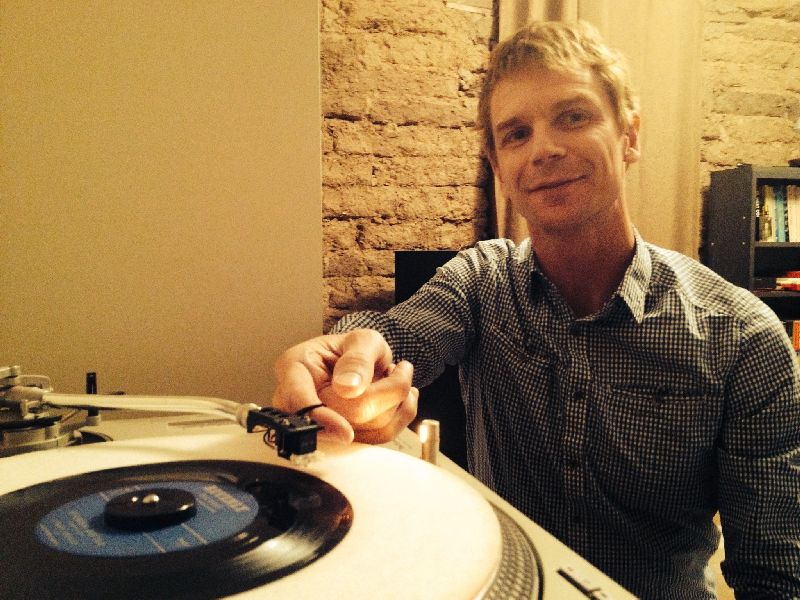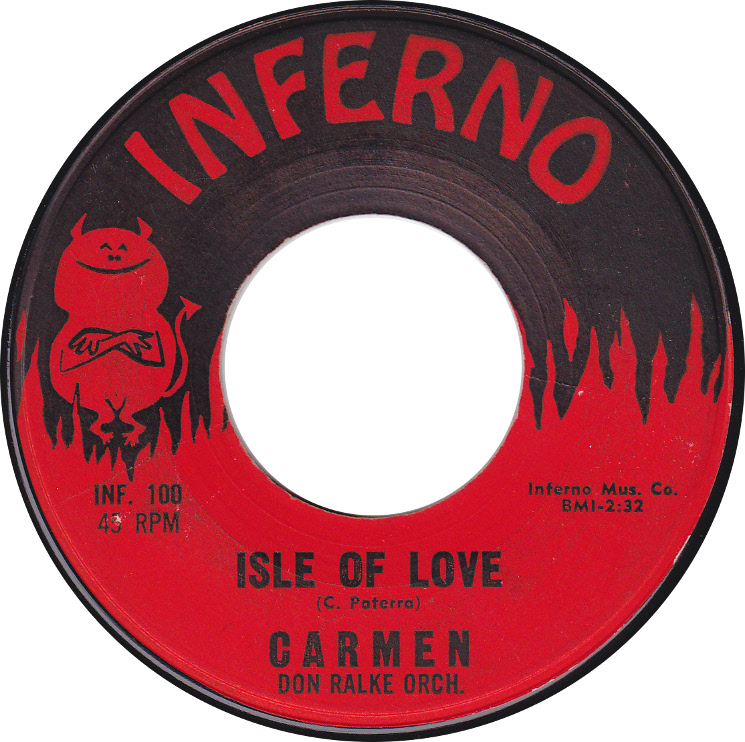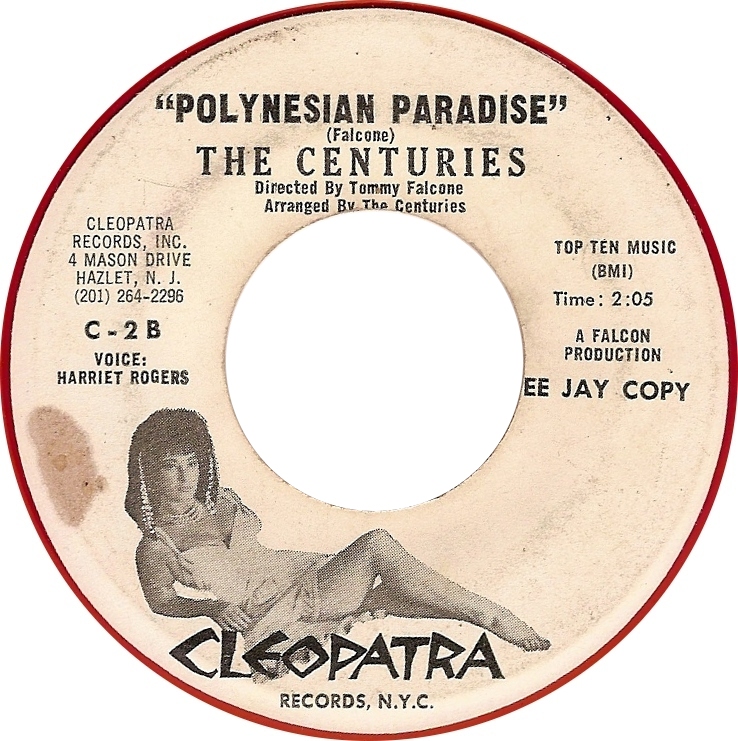
Exotica Project Takes Listeners to a ‘Five O’Clock Dreamland’
 |
|
|
Sure you know the music of Esquivel, “the King of Space-Age Pop.” And even if your oh-so-modern house doesn’t come with is own Tiki bar, you have heard of Martin Denny’s “Quiet Village.”
But can you hum “Blue Oasis” by Chuck (Big Guitar) Ernest with the Satellite Band. Have you done the Watusi to Big Walter and the Thunderbirds’ “Watusi Freeze?” Or been romanced by Jerry & the Catalinas’ “The Arabian Knight?”
Probably not, which is why you need to check out the Exotica Project, an invaluable public service provided online by Little Danny (aka Dan Shiman). The project is part of Office Naps, a more far ranging site dedicated to 45 rpm records that Dan creates.
It is Dan’s contention, and a convincing one, that exotica music, which came of age in the 1950s, is a broader and more exotic field than we’d supposed, encompassing not just Tahitian and jungle sounds but a swath of Latin jazz, tunes with a maritime/castaway theme,” “outer space theme,” and Far Eastern.
 |
|
|
“One of my goals of the website is to expand the definition of exotica,” he said in a recent phone interview from Marfa, Texas, where he does programming and the website for the Chinati Foundation, a museum in the middle of nowhere that was founded by the minimalist sculptor Donald Judd.
He writes:
“In most cases – (Yma) Sumac perhaps being the exception -- the artists' connections to the faraway lands they paid homage to were marginal. In summoning its desert oases or tiki-besotted, bare-breasted paradises, exotica was nothing if not imaginative, though. Set against tableaux of lush strings, punctuated by bird calls, made to shimmer and dance with Afro-Cuban percussion, vibraphones and mad jungle flutes, it was music manufactured to take the suburban classes to five o'clock dreamland.”
 |
|
|
“To me the same otherworldly exotica sound is found in many other genres, especially jazz.” “I really like that deep, dreamy, otherworldly, echo-ey sound,” said Dan, who was part of a crew that would DJ at R&B and soul nights back in his Austin days.
Songs showing the full range of exotica can easily be located and enjoyed on Dan’s well-organized site. He focuses on 45 rpm records – remember those? With the holes in the middle?
“Exotica abounds on 45,” he writes, “the best examples wilder, looser, more eccentric, more experimental than their long-playing counterparts.”
The key to the site is an index that identifies and organizes the discrete components of the style. Here the building blocks of exotica - its motifs and themes - are mapped, as a set, to one hundred otherwise very different selections.
Danny also shows that serious jazz players enjoyed a little exotica.
“Perhaps most significantly, there were dozens of jazz musicians who recorded terrific, unambiguously exotic concept records. Yusef Lateef, Herbie Mann, Sun Ra, and Ahmed Abdul-Malik -- artists with considerable sections of their discographies devoted to incorporating non-Western elements into the jazz idiom, sometimes reverently, sometimes less so -- are only the most notable of this long list.”
So mix up a Mai Tai, laze back and listen.
- ‹ previous
- 235 of 677
- next ›



